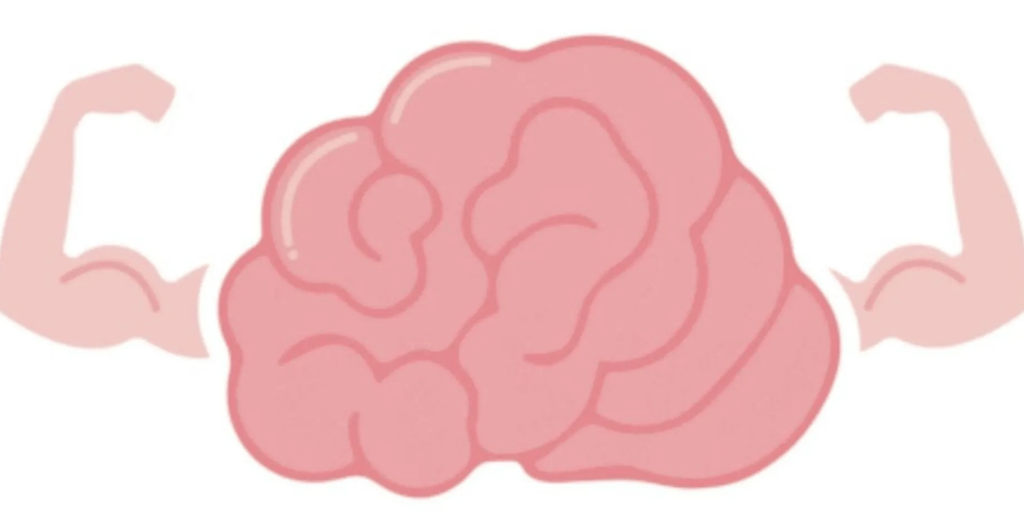The Neuromuscular System: The Mind - Muscle Connection
The ability to control movement through specific and coordinated actions across multiple planes of movement is critical for athletic success. Therefore, what are the neural and biomechanical processes' that allows us to perform certain movements optimally?
JOURNALBODY WORKS
LIAM KILEY, MSCC
1/4/20241 min read


What is movement?
Movement is defined as the process of displacement, whereby a body's position in space is transferred from one point to another. More often than not, especially in the context of athletic populations, it is a reaction to an external stimulus. This reaction is caused by the provision of feedback from neural sensors such as those associated with touch, pain and temperature sending afferent feedback via the Peripheral Nervous System (PNS) to the Central Nervous System (CNS) as sensory information.
Brain Power
All sensory information processed in the CNS throughout various parts of the brain, with neuromotor signals sent to initiate a response. The proficiency in which this response is formulated is known as neuromuscular control, with factors such as learning, experience, and cognitive processes influencing the various stages of movement.
Impact on Athletic Performance
The neuromuscular system is responsible for the communication and coordination between the nervous system and the muscle tissue. When muscles grow larger due to increased mass, the nervous system needs to activate a greater number of motor units within the muscles to generate the necessary force for movement. As the demand for force production increases, larger motor units are progressively recruited, activating more muscle fibers and leading to greater muscle mass. Additionally, larger muscles often contain a greater number of muscle fibers. These muscle fibers, especially those with a larger cross-sectional area, require stronger neural signals from motor neurons to activate, resulting in increased neural activation.
Reference:
A. Hoffmann, in International Encyclopedia of the Social & Behavioral Sciences, 2001
QUICK LINKS
© 2023 | Resolute Strength & Conditioning | All rights reserved.


CONTACT US
IN PERSON SERVICES FOR THE FOLLOWING LOCATIONS ONLY:
CANBERRA
QUEANBEYAN
GOOGONG
MURRUMBATEMAN
BUNGENDORE
